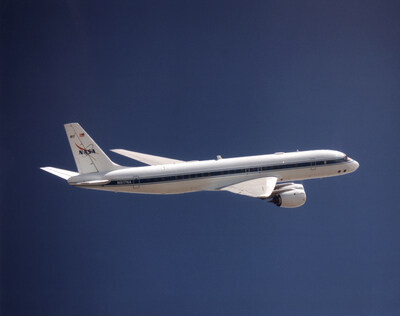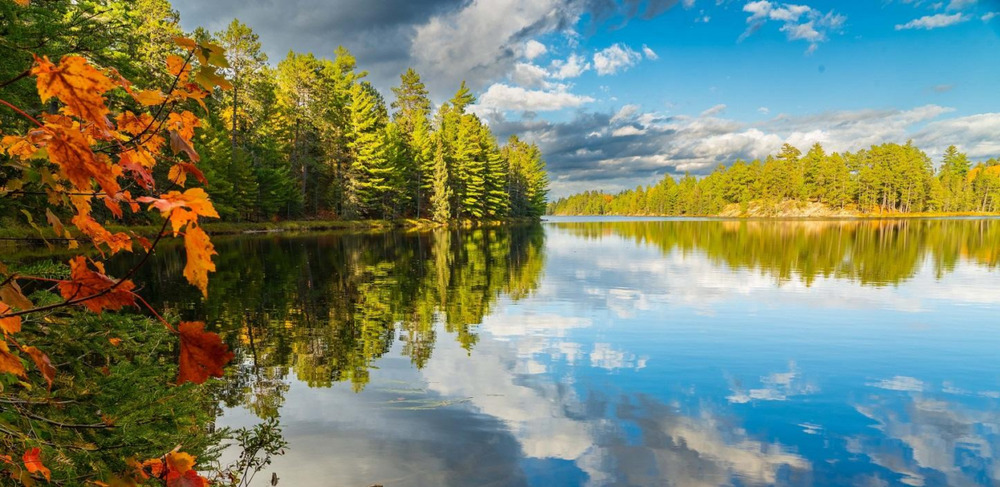The aviation sector has been under the microscope for its environmental impact. To address such concerns, the collaboration between Boeing, NASA, and United Airlines to test Sustainable Aviation Fuel (SAF) is a noteworthy endeavor. The trio is set to conduct in-flight testing to scrutinize how SAF influences contrails and non-carbon emissions, while also assessing its life cycle climate impact.
SAF, an alternative jet fuel derived from renewable and waste feedstocks, has been recognized for its potential to significantly reduce greenhouse gas emissions throughout its life cycle. According to data from the U.S. Government Accountability Office, SAF production and use in the U.S. have seen an uptick in recent years, with the fuel being utilized by airlines at two major commercial airports in California. The White House, recognizing the potential of SAF, announced a Grand Challenge in September 2021, aiming to supply 3 billion gallons of SAF per year by 2030 and meet 100% of expected domestic commercial jet fuel use by 2050.
Boeing’s ecoDemonstrator Explorer, a 737-10, will be propelled by 100% SAF and conventional jet fuel, stored in separate tanks, and will alternate between the fuels during testing. NASA’s DC-8 Airborne Science Lab will follow, measuring the emissions and contrail ice particles produced by each fuel type. The tests will also explore how SAF influences the characteristics of contrails, which are persistent condensation trails produced when airplanes traverse through cold, humid air.
Chris Raymond, Boeing Chief Sustainability Officer, expressed, “We are honored to collaborate with NASA, United Airlines, and other valued partners on research that will strengthen the industry’s understanding of the benefits of SAF beyond reducing carbon emissions.”
Similar Posts
Rich Wahls, NASA’s mission integration manager for the Sustainable Flight National Partnership, emphasized the gold standard nature of flight testing in understanding sustainable aerospace innovations. Meanwhile, Lauren Riley, United Chief Sustainability Officer, highlighted the collaboration’s potential to provide a comprehensive understanding of SAF’s benefits beyond greenhouse-gas reductions.
The project is part of a broader ecoDemonstrator program by Boeing, which was expanded this year to include Explorer airplanes focused on short-term, specific test projects. Boeing and NASA conducted SAF emissions ground testing on an Alaska Airlines 737-9 in 2021 and ecoDemonstrator 777-200ER and 787-10 flight-test jets in 2022. Boeing has pledged to deliver commercial airplanes compatible with 100% SAF by 2030.
Markus Fischer, DLR Divisional Board Member for Aeronautics, emphasized the necessity of international cooperation to achieve climate-compatible aviation. He stated, “The German Aerospace Center has decades of experience in research on the climate impact of the entire aviation system by advancing measurement technology and simulations.”
The aviation industry is at a crossroads, where the adoption and testing of SAF become pivotal in navigating towards a sustainable future. The collaborative efforts of giants like Boeing, NASA, and United Airlines signal a future where the skies are not just traversed but are respected and preserved for generations to come. The ongoing research and testing of SAF, its impact on emissions, and its potential to be a major player in reducing the aviation industry’s carbon footprint are steps towards ensuring that the future of flight is not only efficient but also environmentally responsible.

















